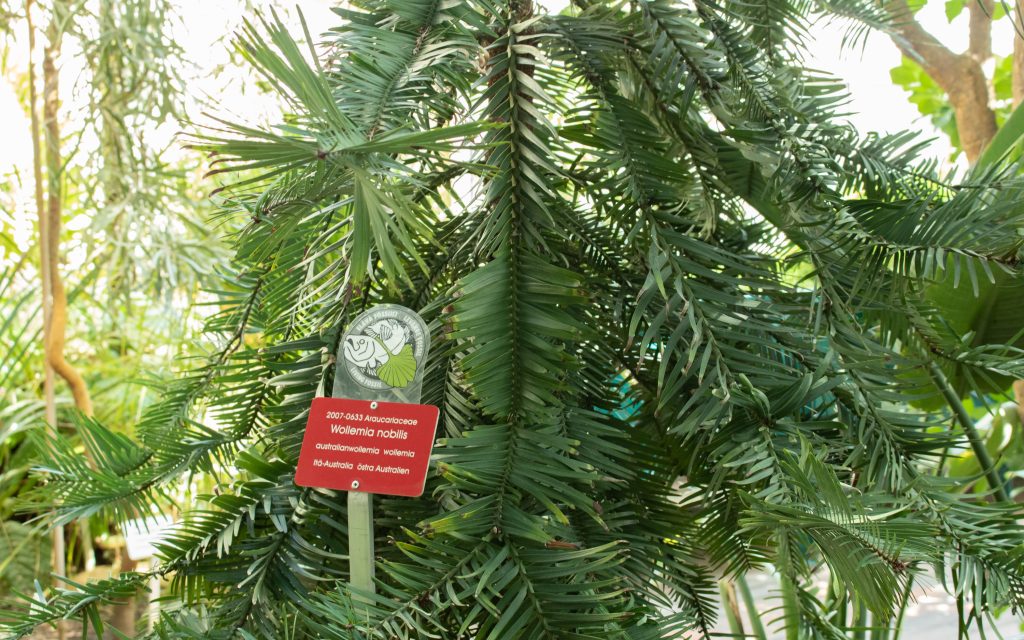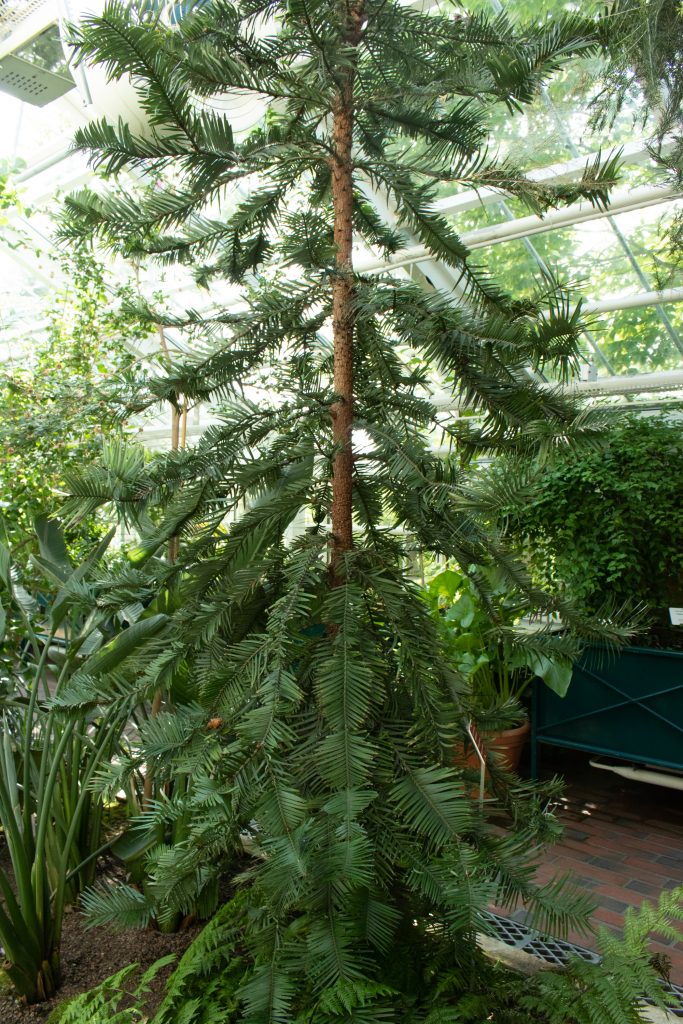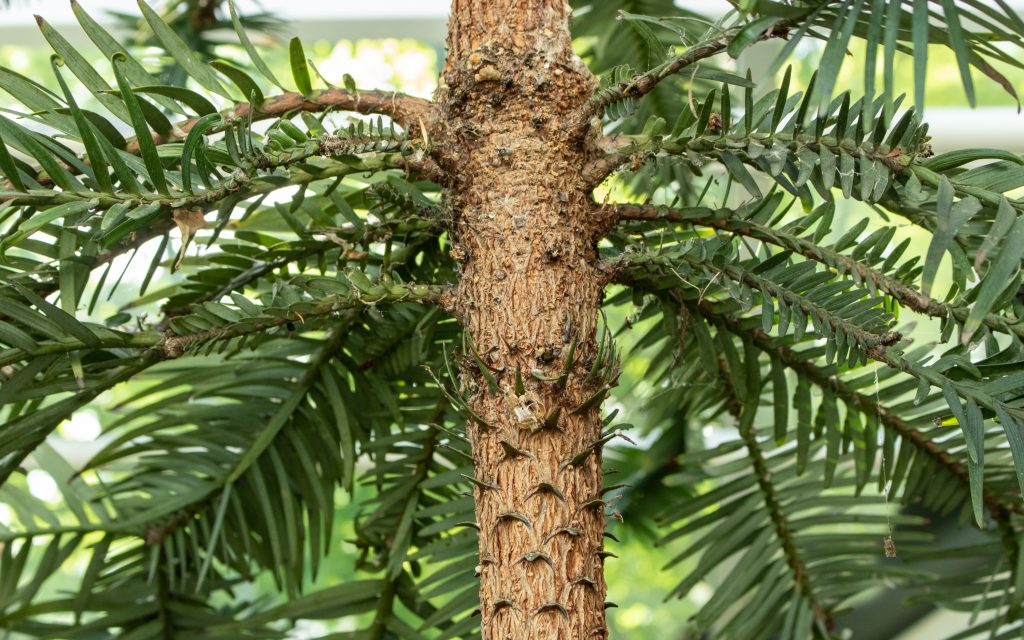The rarest tree in the world
In 1994, three men were rock climbing in the Wollemi national park in south eastern Australia. They descended into a canyon covered by rainforest, crossed icy lakes, and climbed up and down steep rock faces. Then group leader David Noble noticed a tall tree with bark that resembled bubbling chocolate. He collected a few leaves before the group continued on its way.
After returning home, Noble forgot about the leaves in his backpack for a few days before remembering to show them to botanist Jan Allen. They determined that the leaf came from one of the two genera in the Araucariaceae family: either Agathis or Araucaria. The cone of the tree would have to be studied for more precise identification.
In no time at all, a member of staff from the national park found themselves dangling perilously from a helicopter to grab a cone from the mystery tree. But the seed inside the cone did not match either Araucariaceae genus.
The final answer was reached at Sydney’s Royal Botanic Garden: they had found a completely new genus of Araucariaceae! The genus was named Wollemia after the national park and nobilis for its founder David Noble. The colloquial name is Wollemi pine.
But there’s more. The story became even more sensational when it was discovered that the Wollemi pine was in fact a living fossil! A 120-million-year-old specimen was found in the fossil record which matched the Wollemi pine completely.
A total of 46 Wollemi pines were discovered at the Wollemi national park. They were nearly wiped out by the massive forest fires that ravaged Australia in 2019 and 2020; luckily the fire was stopped right before it reached the pines.
Today, the Wollemi pine grows in botanic gardens around the world. In addition, commercial farming of the pine has begun. The future of this species seems secure for now.


